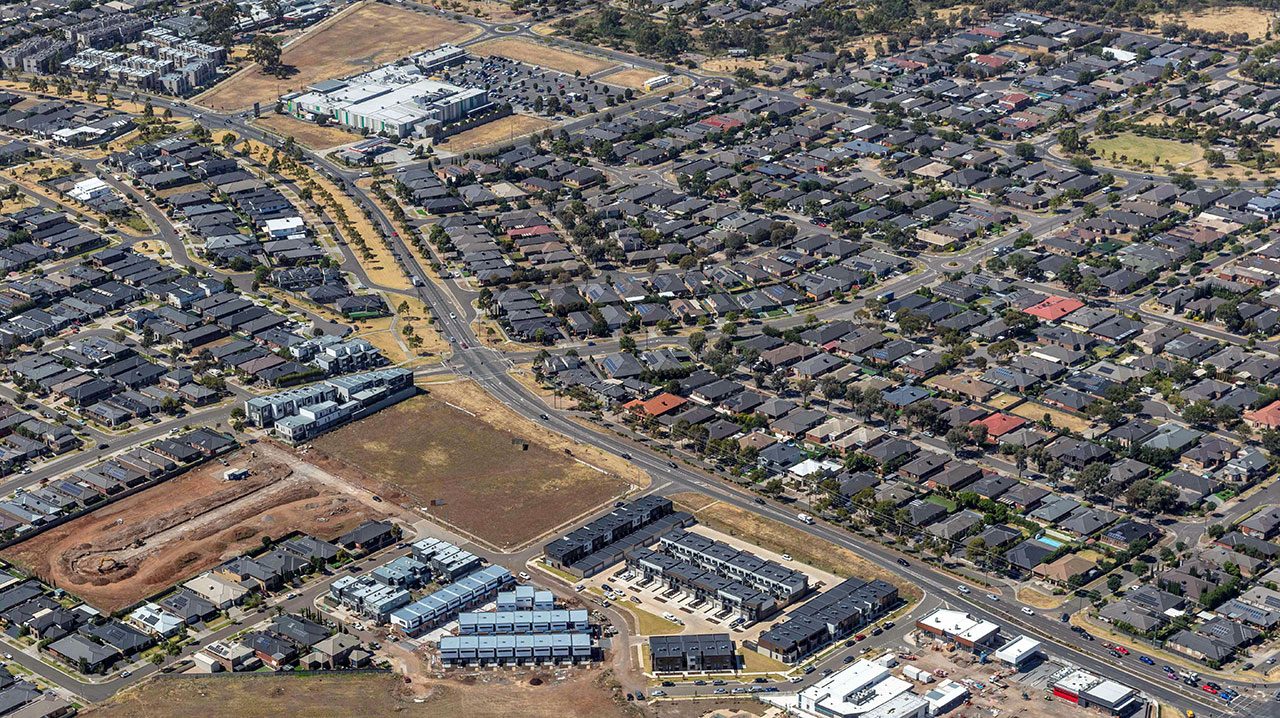This article is from the Australian Property Journal archive
MORE than 100,000 additional homes could be delivered within 15 kilometres of Melbourne’s CBD simply through changes to strata laws, Urbis says.
Analysis from the planning, design and research firm identified more over 1,000 strata developments with more than one property or lot present and an existing address pre-2010.
The study identified all lots with zoning that allows for residential use and calculated the potential additional dwelling capacity based on current planning controls.
It found that the underlying land value of these sites exceeds the value of the existing strata titled lots, indicating a “significant” opportunity for redevelopment and housing supply uplift.
“Repositioning underdeveloped strata sites has the potential to deliver a much-needed uplift in well-located housing supply,” said Mark Dawson, director at Urbis.
“Notably, around half of this dwelling uplift is located within the City of Melbourne. With over 140,000 key workers employed within the City of Melbourne, additional housing supply close to employment centres would provide critical relief to those who often need to live close to where they work,” he said.
The Victorian government last year set the ambitious target of delivering 800,000 new homes over 10 years, while it also has to meet its obligations under the National Housing Accord over the next five years.
Victoria’s population is forecast to hit 10.3 million by 2051, meaning the state needs to see an additional 2.24 million homes in that time, including a target of 425,500 in regional and rural areas. Right now, Melbourne’s vacancy rate sits at just 1.65%, according to PropTrack.
According to Urbis, its new research highlights the need for legislative reform to facilitate changes to allow redevelopment of the strata lots. It suggests amendments to the Owners Corporations Act 2006 to allow for a collective sale with a 75% consensus and the introduction of legislation similar to the NSW Act – Strata Schemes Development Act 2015.
“The State’s ambition to deliver 70% of new housing in infill areas is well-supported by this strata reform,” Urbis director Alex Nunn said.
“Measures that align and amplify proposed policy to unlock housing supply within the inner and middle ring are highly welcomed. The liveability and demand for housing in these localities has been proven over the years and ageing strata developments occupy some of the most sought-after real estate in Victoria.
Research from Urbis shows that the active pipeline of apartments going forward in Melbourne’s inner and middle ring apartments is around half the volume delivered during the peak of supply in 2015 to 2017. The period from 2016 to 2021 saw an average of 12,265 apartments delivered per annum, while the forecast for 2022 to 2027 is significantly lower, with only 6,780 apartments expected to be produced per year.
Meanwhile, a study by architects Hassell conducted for the Property Council of Australia estimated that about 86 office buildings in Melbourne are “ripe” for adaptive reuse and could be transformed into 12,000 new homes.




